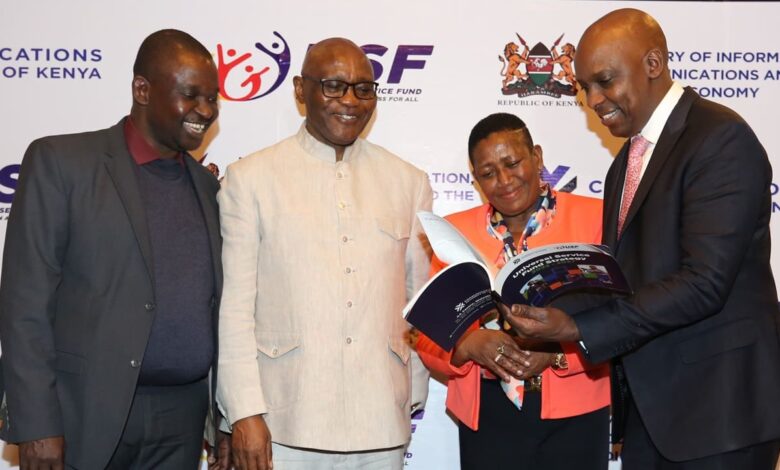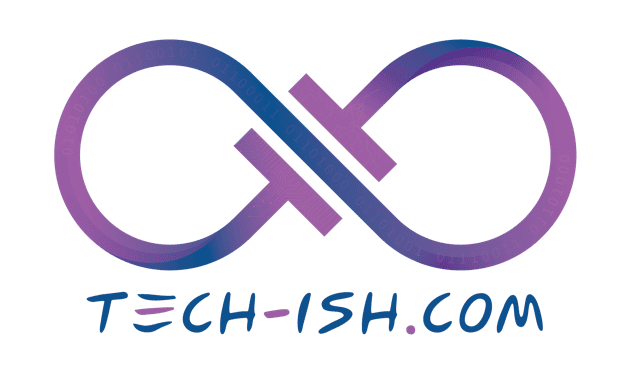
A few months ago, something unexpected happened in my rural backyard: a brand-new cellular booster tower quietly rose from the soil. For a region where even sending a simple WhatsApp message used to feel like launching a satellite, this was no small feat. It turns out, this wasn’t a one-off miracle — it’s part of a massive, deliberate campaign by the Communications Authority of Kenya (CA) to bring every Kenyan online.
And now, with the official launch of the Universal Service Fund (USF) Strategy 2023–2027, the CA is doubling down. With a whopping KES 40 billion strategy, the goal is clear: no Kenyan stays behind in the digital age.
But let’s zoom in on the heart of the matter, aptly titled “Strategic Objective 1: Increase broadband coverage and usage in unserved and underserved communities,” is a cornerstone of the USF Strategy, which has a total of five strategic objectives. The CA has committed a substantial KES 29.05 billion to this objective, demonstrating the priority placed on expanding connectivity — the very initiative that brought that booster to my compound and is quietly transforming lives across Kenya.
The Cost of Connection: KSh. 29.05 Billion to Bridge the Gap
The USF Strategy provides a detailed breakdown of how this KES 29.05 billion will be allocated across various programs and projects:
1. Cellular Mobile Network Infrastructure – KES 12.2 billion
- Phase 2 (ongoing): KES 1.4 billion
- Phase 3 (ongoing): KES 1.8 billion
- Phase 4 (planned): KES 4 billion
- Phase 5 (planned): KES 3 billion
- Subsidies for underserved areas: KES 2 billion
This is the backbone that’s enabling real progress. A total of KES 12.2 billion is dedicated to the rollout of cellular mobile infrastructure in unserved and underserved areas. This is a core component aimed at achieving 99% geographic network coverage. My home — once in a coverage desert — is now a testament to this effort. With each booster, the CA brings entire communities online, allowing kids to attend virtual classes, farmers to access weather updates, and traders to go digital.
2. Digital Superhighway Projects and Sectoral Digitization – KES 16.85 billion
- Fibre Infrastructure Phase 1 and 2: KES 10 billion
- Centres of Excellence and Digital Hubs: KES 2.8 billion
- Digitizing Health, Justice, and Education: KES 3.45 billion
- Community Networks Initiative: KES 600 million
This involves the rollout of high-capacity national fiber optic infrastructure and support of the digitalization of key services like e-Health, e-Justice, e-Learning, and e-Agriculture. These projects don’t just connect places; they transform them. Think of a small health facility in West Pokot getting real-time data for patient care, or a law court in Marsabit conducting remote hearings — this is what digital equity looks like.
Other initiatives include support the establishment of Centres of Excellence (CoE) and Digital Hubs and the establishment and operation of Community Networks. The target is to increase mobile broadband penetration and usage in unserved and underserved communities to 98.5% by end of Year 3 (2025).
Speaking at the launch, Ms. Mary Mungai, Chairperson of the Board of Directors, was blunt: access to digital services isn’t a luxury anymore — it’s a right. “The USF Strategy reflects our national resolve to ensure no Kenyan, regardless of location, income, age, or ability, is left behind in the digital revolution.” The strategy, she emphasized, isn’t just about laying fiber or erecting masts. It’s about creating equitable access, affordability, and digital literacy.
From the 100,000km fiber rollout to 1,450 ICT hubs, the numbers are ambitious, but the momentum is already visible on the ground. The Digital Superhighway, under Kenya Kwanza’s Bottom-Up Economic Transformation Agenda (BETA), is no longer a vision — it’s in motion.
CA’s Director General David Mugonyi called the USF more than a fund — “a movement.” Since becoming operational in 2014 and kicking off real projects in 2017, it’s already:
- Connected 800,000 people in hard-to-reach places
- Delivered broadband to 886 secondary schools
- Turned 56 public libraries into digital centers
- Connected 42 law courts for remote access to justice
And with my booster almost operational — probably one of the many from Phase 2 or 3, given its ongoing status — I can say with confidence: this movement is very real.
It’s important to recognize that Strategic Objective 1 is interconnected with other objectives within the USF Strategy 2023-2027. For instance, the focus on building digital skills for youth, women, and people with disabilities and local content (Strategic Objective 4) complements the infrastructure development by ensuring that communities can effectively utilize the expanded connectivity. As Hon. James E.O. Ongwae, Chairman of the Universal Service Advisory Council, stated, “The question is not whether we should act, but how we can act—strategically, efficiently, and sustainably.”
The CA’s commitment to a “whole of society approach” and its emphasis on collaboration with various stakeholders, including the private sector, civil society, and development partners, is crucial for the successful and sustainable achievement of these ambitious goals.
By strategically investing in infrastructure, promoting digital literacy, and fostering collaboration, the CA is taking significant strides towards realizing its vision of “Digital Access for All” and ensuring that Kenya fully harnesses the transformative power of ICTs.
What was once a pipe dream for many of us living outside major towns — fast internet, stable mobile networks, online services — is finally becoming a reality. And not by accident, but by design. With KES 29.05 billion channeled toward broadband expansion and digital inclusion, the CA isn’t just planting boosters and cables — it’s planting opportunities.







